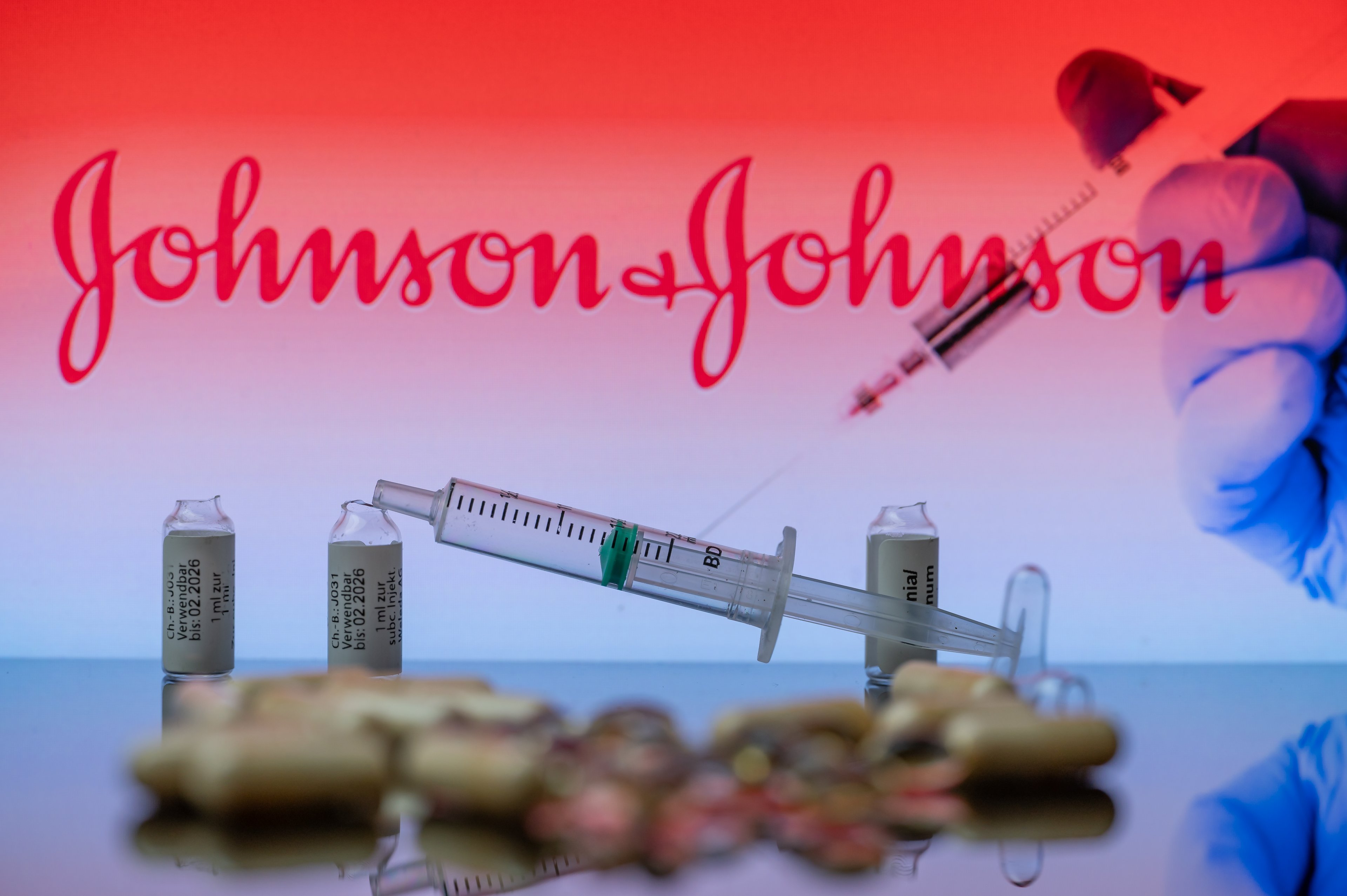Big companies are like continents. They don't necessarily move quickly. But when they do, the resulting changes can be dramatic over time.
On the surface, the latest quarterly results from Johnson & Johnson (JNJ +0.47%) don't seem too Earth-shattering. The company reported third-quarter sales of $17.6 billion, up 3.1% year-over-year. Net earnings came in at $2.98 billion, or $1.04 per share, compared to $2.97 billion, or $1.05 per share, in the same period last year. But adjusting for special items, J&J's earnings were $1.36 per share -- beating the average analysts' estimate of $1.32 per share.
Digging into the company's results, though, reveals some significant shifts for J&J. Here are three ways that this big company is slowly but surely changing.
1. Shift to pharmaceuticals
Since 2009, J&J's biggest business segment in terms of sales was its medical devices and diagnostics unit. While that's still the case looking at all of 2013 thus far, the clear trend emerging is that J&J is becoming more of a pharmaceutical company than it has been in recent years.
Pharmaceutical sales for the third quarter totaled $7.036 billion, edging out medical device and diagnostic sales of $6.928 billion. More importantly, the pharmaceuticals business is growing by 9.9% year-over-year. Medical device and diagnostic sales decreased by 2% in the third quarter as compared to the same period in 2012. Consumer products sales grew, but by only 0.8% year-over-year.
2. Shift within pharmaceuticals
While Johnson & Johnson is quietly becoming more focused on pharmaceutical products, there's also a change-up in which of those products are grabbing the spotlight. Remicade remains the biggest moneymaker, with nearly $1.7 billion in sales during the third quarter. However, several other drugs are moving up fast.
Sales for prostate cancer drug Zytiga jumped 75.1% year-over-year to $464 million in the third quarter. Blood-thinning drug Xarelto saw even more growth -- from $68 million in the third quarter of 2012 to $246 million last quarter.
Perhaps the most significant shift, though, isn't fully showing up in the numbers yet. For example, diabetes drug Invokana only hit the market earlier this year. J&J stated that sales were strong but didn't release any details.
Invokana beat Merck's (MRK 0.04%) Januvia in a head-to-head comparison for improving blood glucose levels. Merck racked up a whopping $5.7 billion in sales for Januvia last year -- a huge market J&J would like to at least partially claim. Invokana probably won't dethrone the blockbuster rival, but look for rising sales to contribute to a changing of the guard of sorts within J&J's product lineup.
3. The resurgence of Europe
During the third quarter, Asia-Pacific and Africa sales declined by 3.6% year-over-year. U.S. sales grew by a relatively paltry 1.7%. Sales in Europe, though, climbed by 12.4% compared to the same period last year.
It's not that Europe hasn't been important to J&J in the past. In 2011, European sales made up an even higher percentage of the company's total revenue. But there's no doubt that Europe is where the growth is these days for Johnson & Johnson, especially in pharmaceuticals.
This isn't a trend that all major drugmakers are experiencing. Pfizer (PFE +1.09%), for example, saw European sales slip by 11% year-over-year in the second quarter. Merck's European sales dropped 8% for the same period. What's the chief culprit behind these declines? Drugs going off-patent. Pfizer is still feeling the consequences of Lipitor losing exclusivity, while Merck faces losses from Singulair.
Those are problems that aren't plaguing J&J as greatly. And with several drugs awaiting European approval, the company could see even higher growth rates across the Atlantic in the next few years.
Looking ahead
Probably the best news for J&J from the third-quarter results was that the company raised its earnings guidance for the full year from $5.40 to $5.47 per share to $5.44-$5.49 per share. The outlook looks pretty good at this point.
Several drugs in the pipeline could be future stars. I especially like the chances for ibrutinib, which targets treatment of chronic lymphocytic leukemia and mantle cell lymphoma. Hepatitis C drug simeprevir should also be a winner.
J&J is changing, but those changes are positive. With a nice 3% dividend yield and prospects for increased growth, this is a stock that still merits serious consideration from investors.








